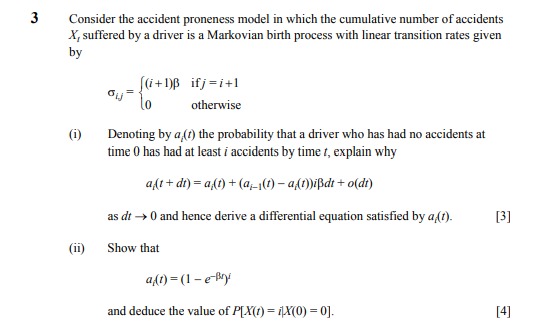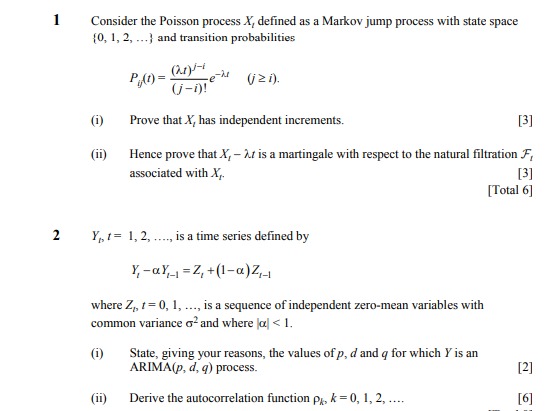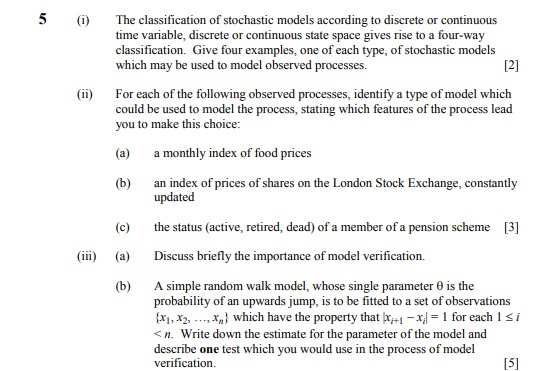Answered step by step
Verified Expert Solution
Question
1 Approved Answer
Please help with the following; All questions are complete please. 6 The members of a disability insurance scheme are classified as active (A), temporarily disabled
Please help with the following;
All questions are complete please.





Step by Step Solution
There are 3 Steps involved in it
Step: 1

Get Instant Access to Expert-Tailored Solutions
See step-by-step solutions with expert insights and AI powered tools for academic success
Step: 2

Step: 3

Ace Your Homework with AI
Get the answers you need in no time with our AI-driven, step-by-step assistance
Get Started


